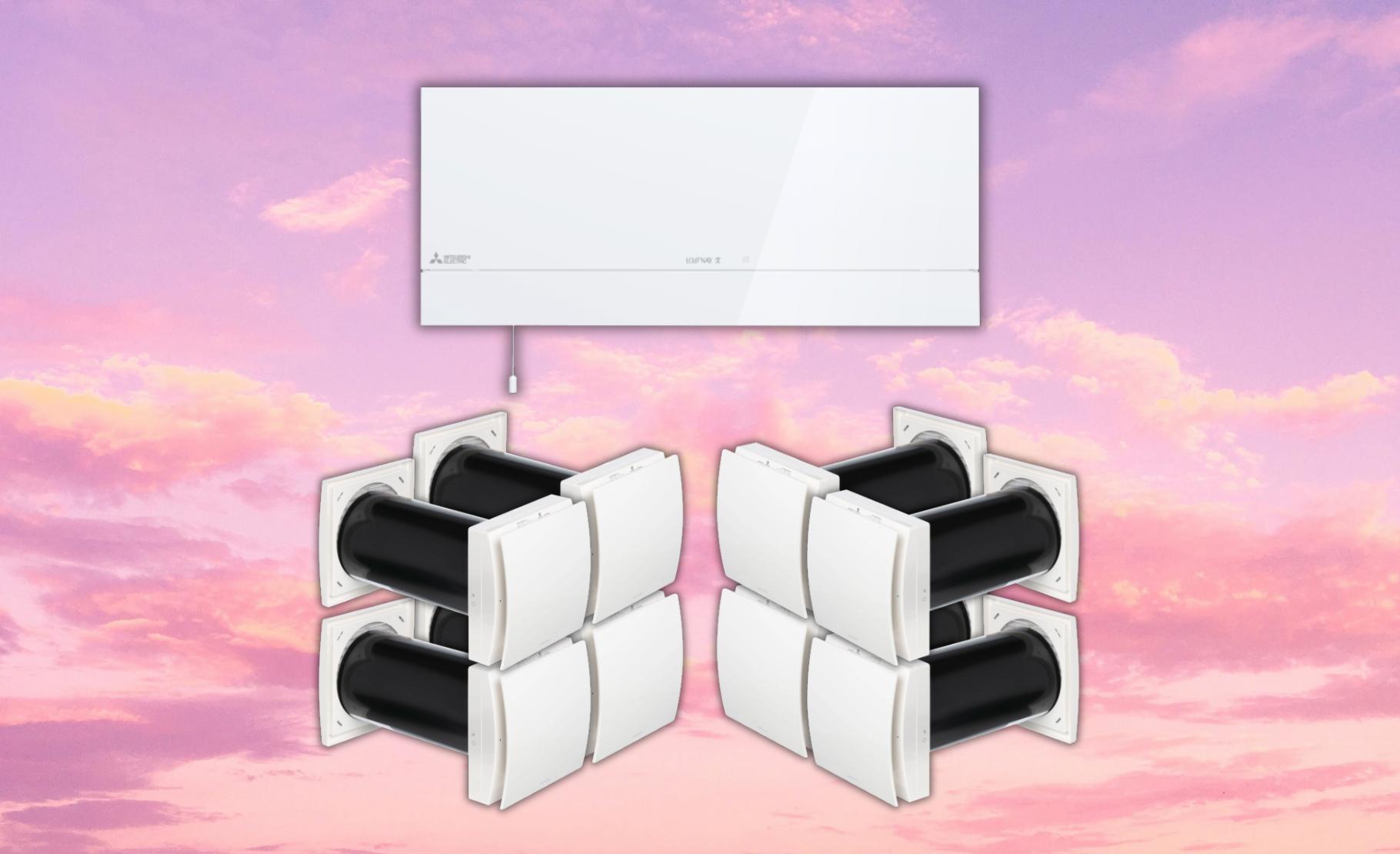19.07.2024
II. Wall or decentralized air handling units

It is not always necessary to install a centralised recuperator with a sophisticated piping system to exchange air using dedicated equipment. It can also be done with smaller units that supply air to a single room - decentralised or wall-mounted recuperators. Unlike regular ventilation fans, they operate in both directions and are equipped with a ceramic heat exchanger. The purpose is to help maintain the room temperature during the ventilation process (warm in winter, cool in summer), which would not be possible with natural ventilation.
The main advantage of decentralised heat recovery units is their ease of installation and use. Installation usually involves placing the unit in the opening created for it, attaching the indoor plate and the outdoor protective grille to the appropriate walls, and connecting the recuperator to the electrical connection. This process is not time-consuming, often can be done by the customer themselves, and makes them particularly suitable for renovation of buildings where it is not possible to install a central ventilation unit. They are also easy to control - for most units, this is done by a simple switch or by a control panel, where all that is needed is to select the desired speed or operating mode. Some units can also be controlled via a mobile app (for WiFi controlled recuperators). Wall-mounted recuperators are also much cheaper than centralised recuperation units, both in purchase and installation.
Despite these advantages, it must be taken into account that the amount of air exchange that such equipment can perform is limited and that their efficiency is lower than that of a centralised recuperation system, the choice of which is based directly on room air exchange parameters. The principle of operation of these units should also be taken into account: with a few exceptions, they are single-pipe units with variable direction of operation. In most cases this has a minimal effect, but for larger rooms it can mean a constant but not continuous air exchange. This problem can, however, be easily solved by installing a second unit and setting them for constant supply and extract air respectively.
In the next article we will look at centralised air handling units, their types, advantages and disadvantages.
Back to news